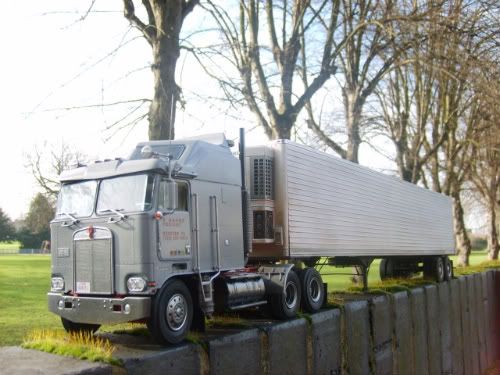This is one of several American car kits I built when I was at school, 20 or so years ago. It is an AMT kit of the 1989 Chevy Corvette droptop and by the standards of car kits of that era, it is nicely detailed and builds up into a nice replica. I made a few small improvements to the kit but it is otherwise box stock. The model has suffered with a little dust over the years but is still OK to display.
History: Chevrolet launched its new C4 Corvette in 1984 and had developed it into a faster and better-handling car by the late 1980s. Like all Corvettes before it since 1957, it featured a nice small-block V8 engine and a fibreglass body, and just two seats. With more power, electronic fuel injection and a choice of transmissions, the Vette was beginning to bite back at the European competition and with kits like this, AMT was beginning to do the same to the Japanese kit manufacturers.
The kit: I can remember building this quite clearly, bearing in mind it was done 20-odd years ago. The kit included a set of custom parts, such as a bodykit and wide wheels, making it a 2-in-1 kit in the traditional American fashion. At the time, this Corvette was definitely a modern car rather than a classic, which was a bit of a deviation from my usual style at that time. I chose not to use the custom parts: my 'Vette would be a showroom example.
I remember enhancing the front and rear lights in the kit: the rear lights (moulded helpfully in red clear plastic by AMT) were improved by adding small discs of tinfoil underneath, which were cut out using a hole punch and fitted under the lenses to aid reflectivity. The front lights were supplied as chromed plastic parts and didn’t look that much like the lights on the real car, so I cut pieces of clear plastic from some packaging and glued it over the top of the kit parts, which looking back at it worked fairly well though still doesn’t look quite like the real Corvette lights. The bonnet, or hood, is a very large part and does not fit perfectly onto the lower body. The alloy wheels are beautiful mouldings but the slots are filled in with plastic, so I used a technical drawing pen to fill the relevant bits of the wheels with black ink to look like slots. The tyres (‘tires’ if you’re living west of Ireland) are lovely gator-back mouldings. The body was spray-painted with some sort of metallic blue and polished with T-Cut paint renovator. AMT supplied various decals to represent the manufacturer labels under the hood, and these work well.
Bad bits: the kit hood doesn’t fit too well
The front lights are not inset like on a real ‘Vette
Good bits: very nice detail overall
Excellent wheel and tyres
Nice engine detail and engine bay decals















